
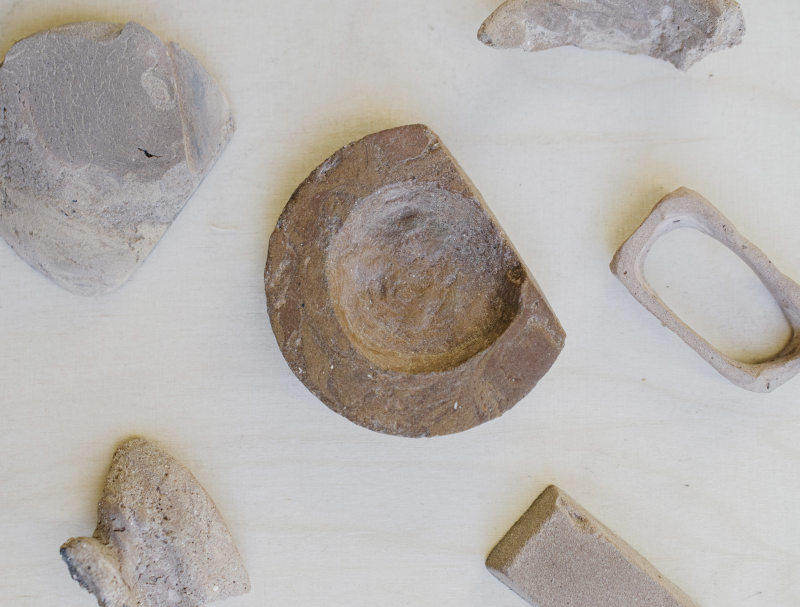
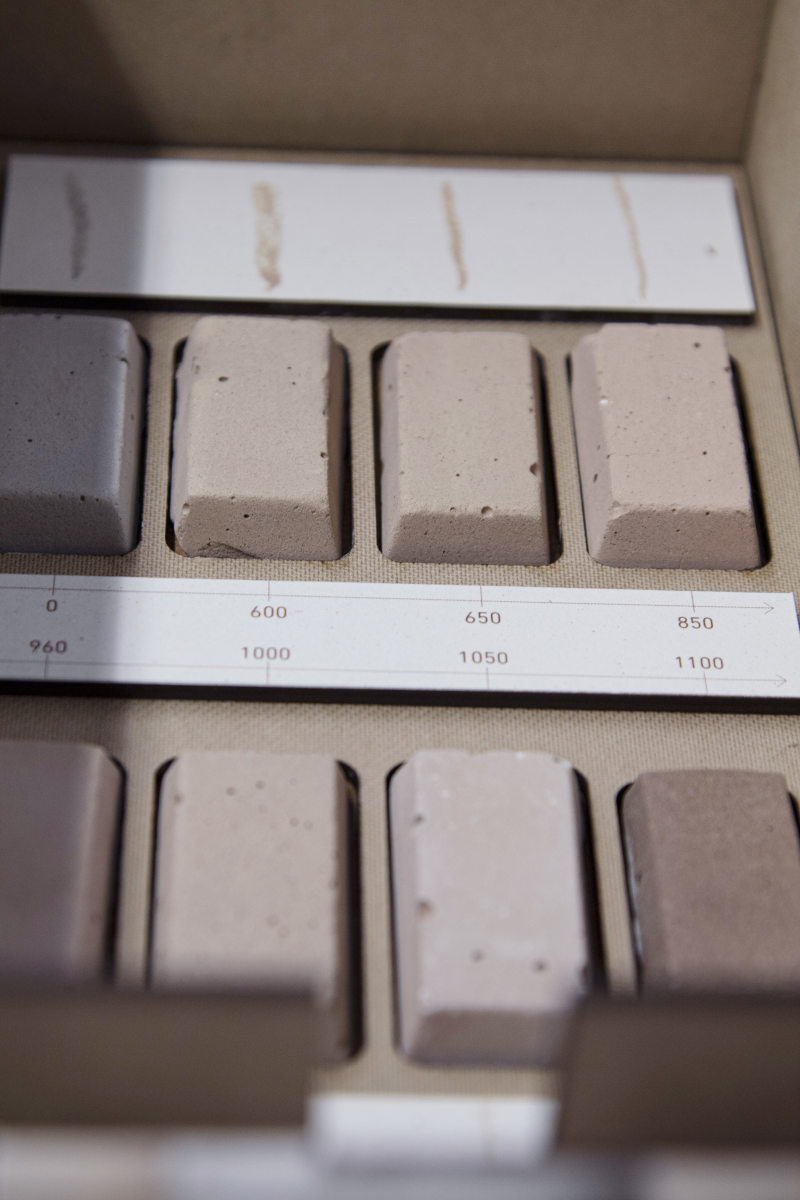
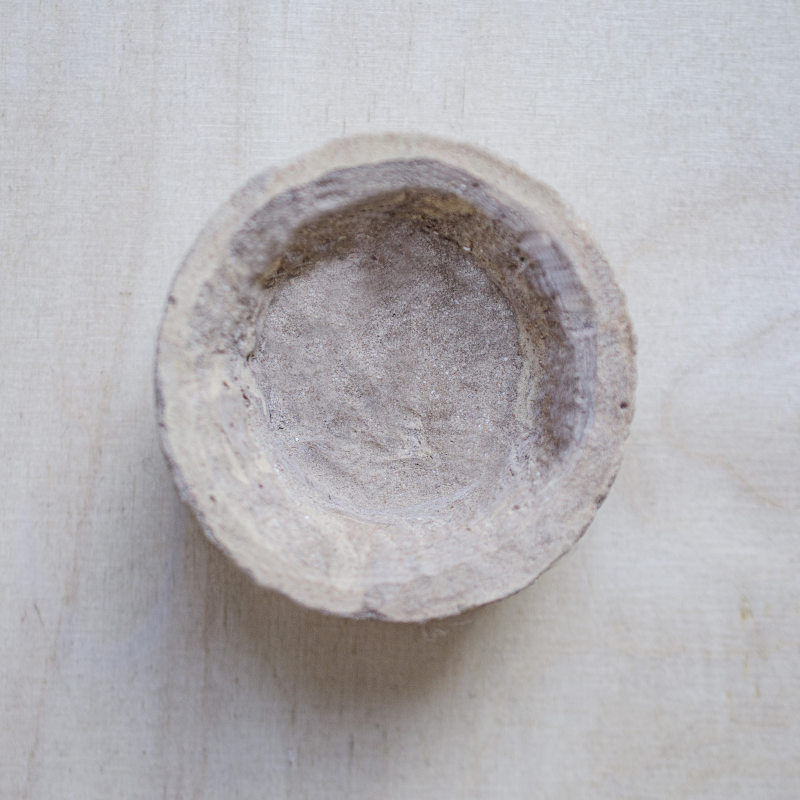
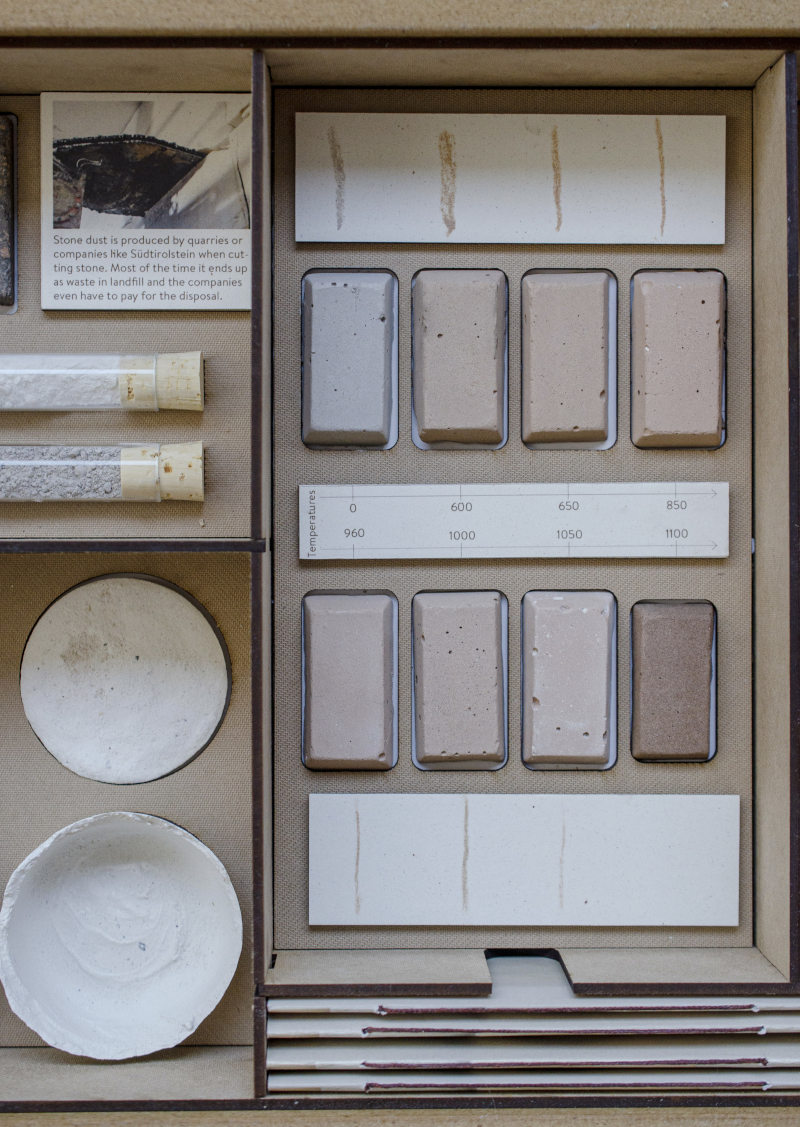
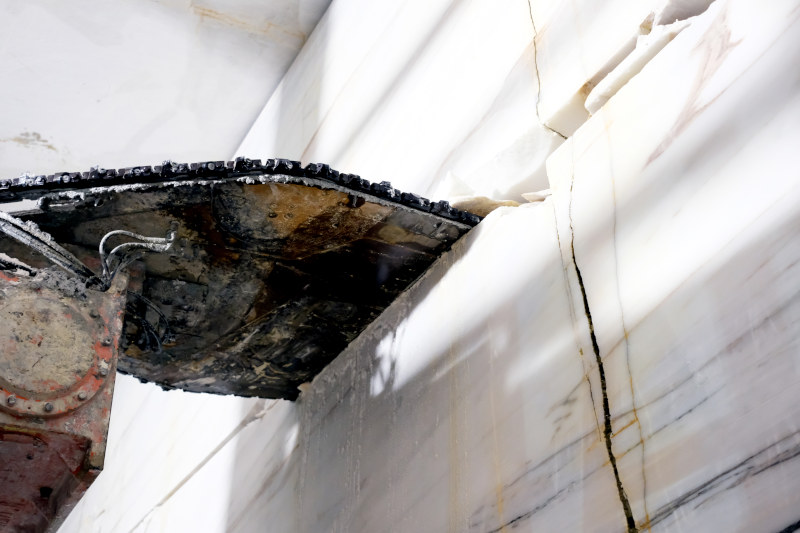
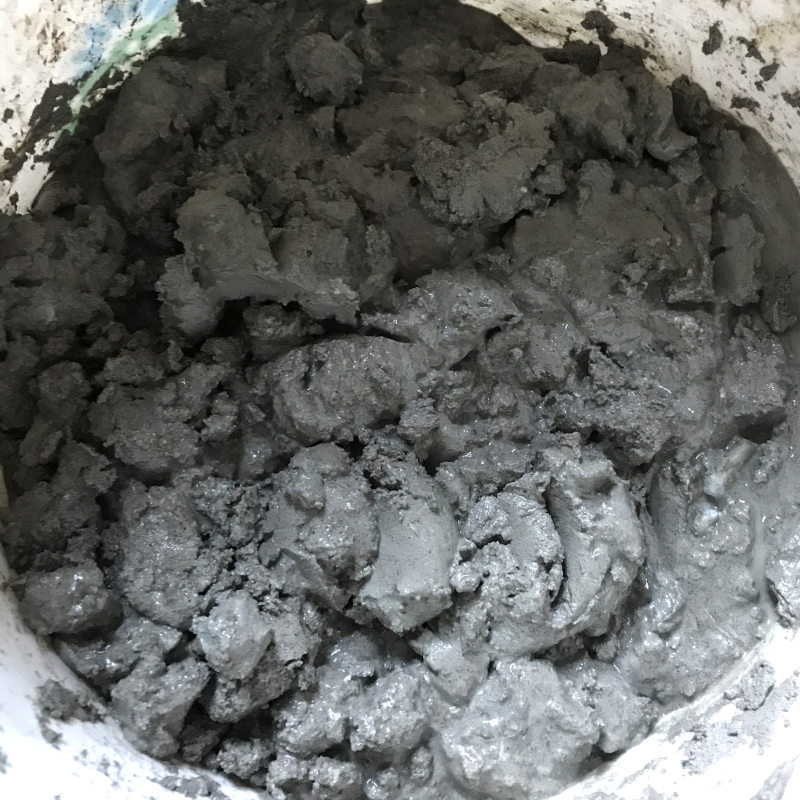
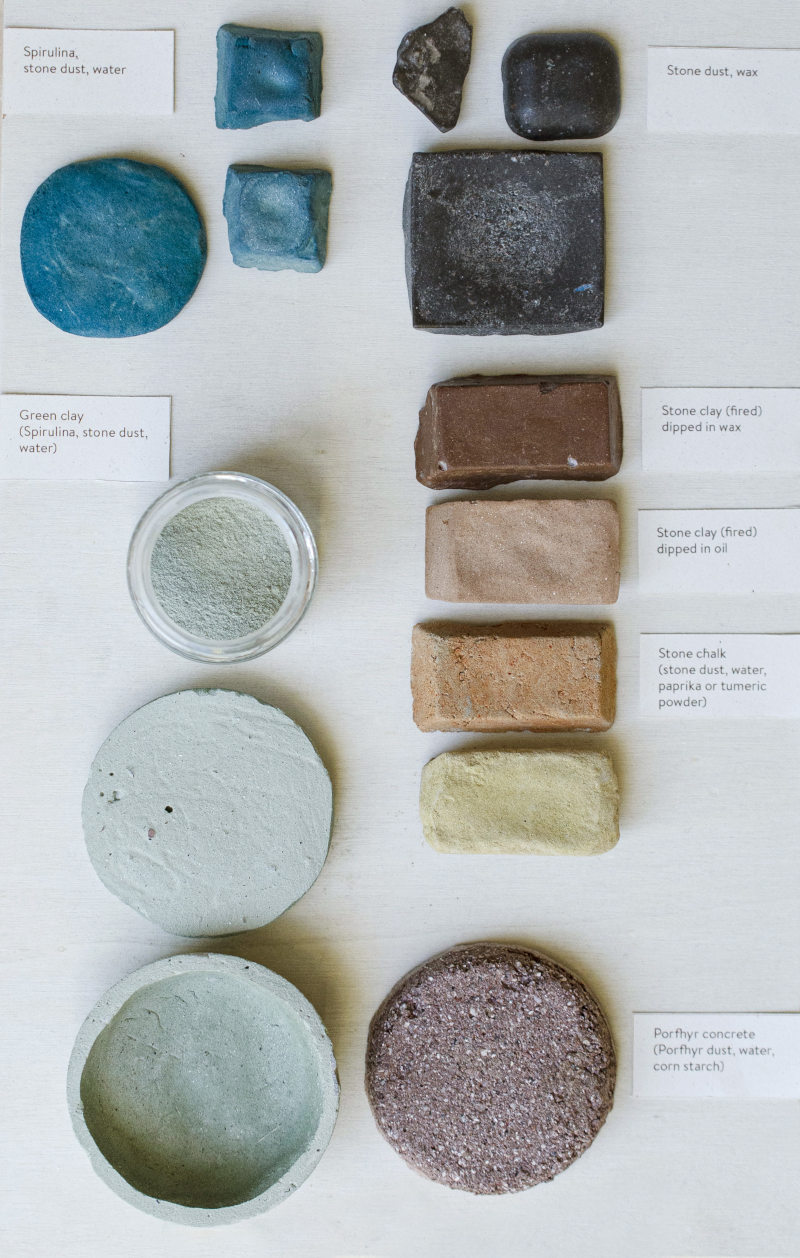
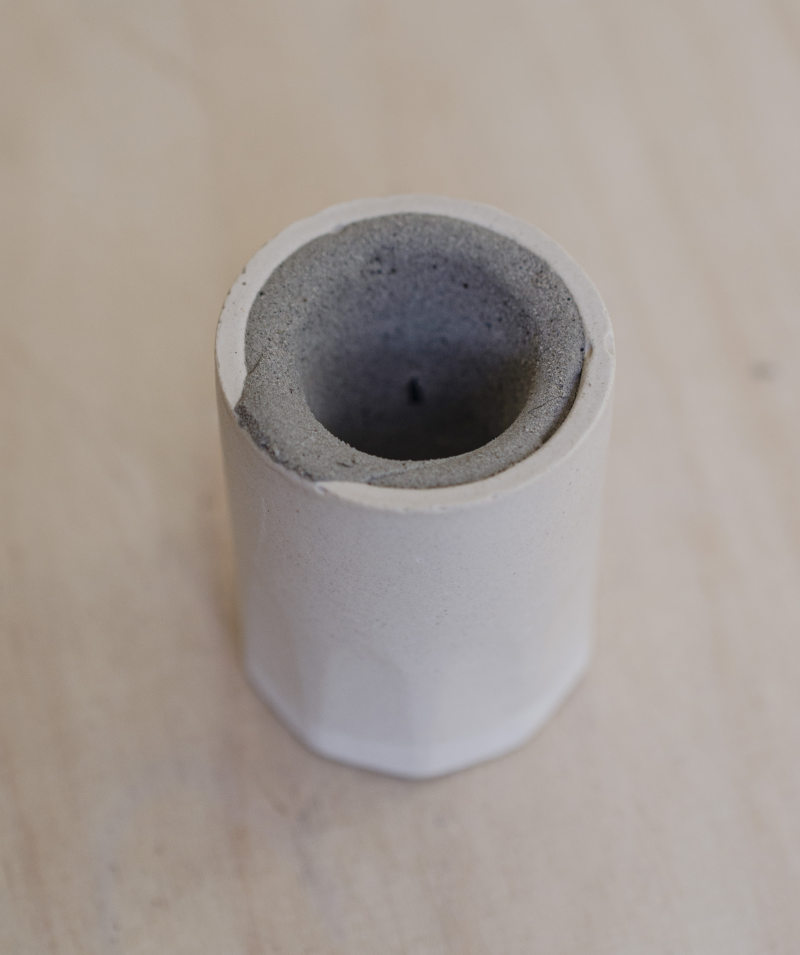
A lot of stone dust is produced by quarries or companies like
Südtirolstein when cutting stone. Most of the time it ends up as
waste in landfill and the companies even have to pay for the
disposal. However, this stone dust mixed with water shows some
interesting properties offering great potentials for the creation of
new sustainable materials. So how can we make better use of this
material instead of disposing it?
In an experimental process I explored the material and developed three different interests: I wanted to find out if it is possible to create a new and solid material from the dust that could be similar to clay or concrete. I was interested in the dust's ability as colour and experimented with pigments. I discovered that the stone dust is also full of nutrients and worked on the question what role it can play with regard to plants and other living organisms.
The material sampling box is presenting some results of my work referring to the use of stone dust as clay. The main part of the box deals with different firing temperatures of the material and the resulting properties. From the application as chalk to different colours, a solid material is reached at 1100 degrees finally showing similar properties to clay. This opens up new applications for stone dust as a valuable resource.
In an experimental process I explored the material and developed three different interests: I wanted to find out if it is possible to create a new and solid material from the dust that could be similar to clay or concrete. I was interested in the dust's ability as colour and experimented with pigments. I discovered that the stone dust is also full of nutrients and worked on the question what role it can play with regard to plants and other living organisms.
The material sampling box is presenting some results of my work referring to the use of stone dust as clay. The main part of the box deals with different firing temperatures of the material and the resulting properties. From the application as chalk to different colours, a solid material is reached at 1100 degrees finally showing similar properties to clay. This opens up new applications for stone dust as a valuable resource.